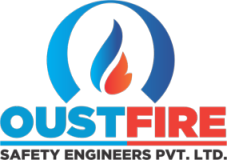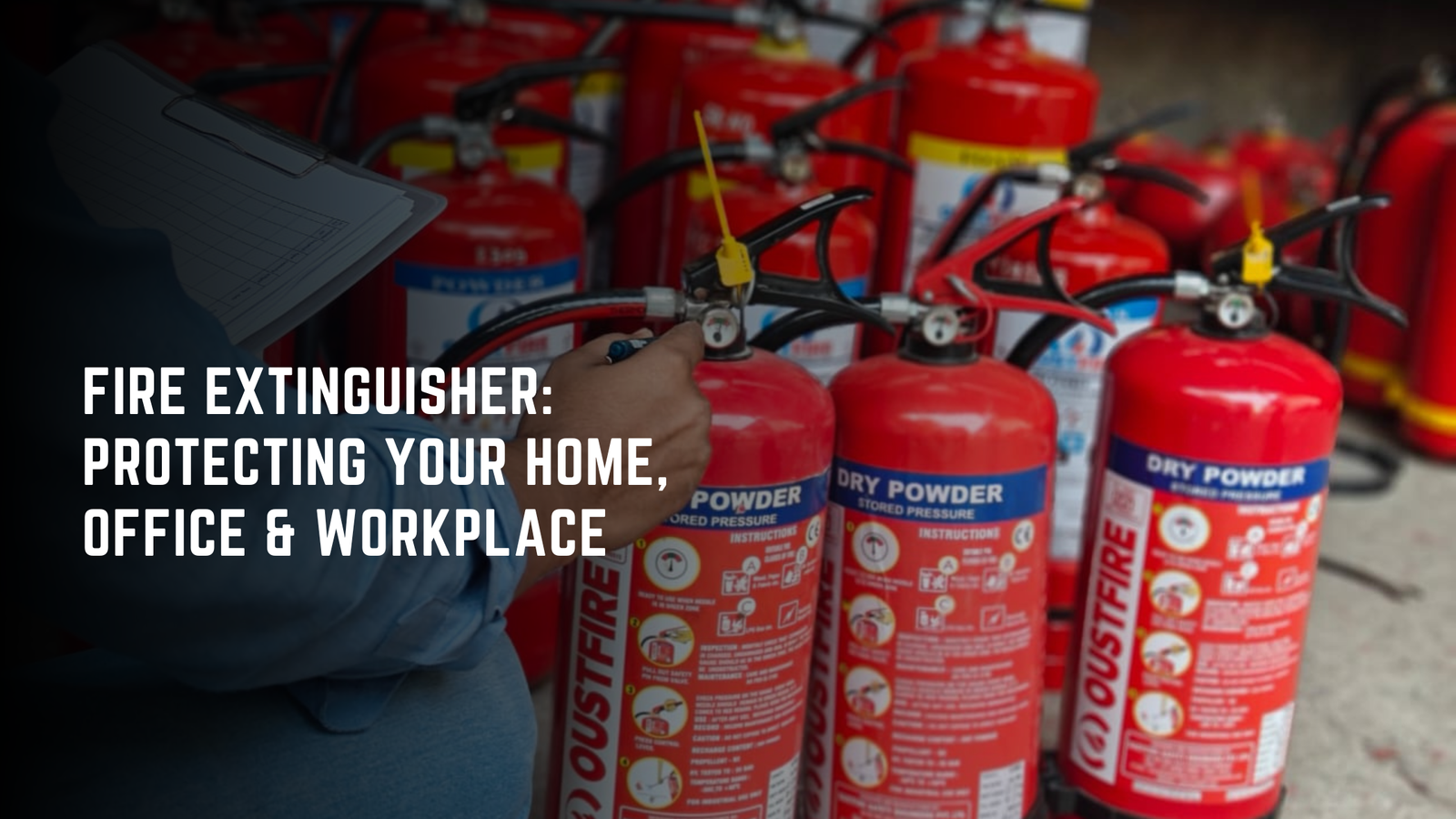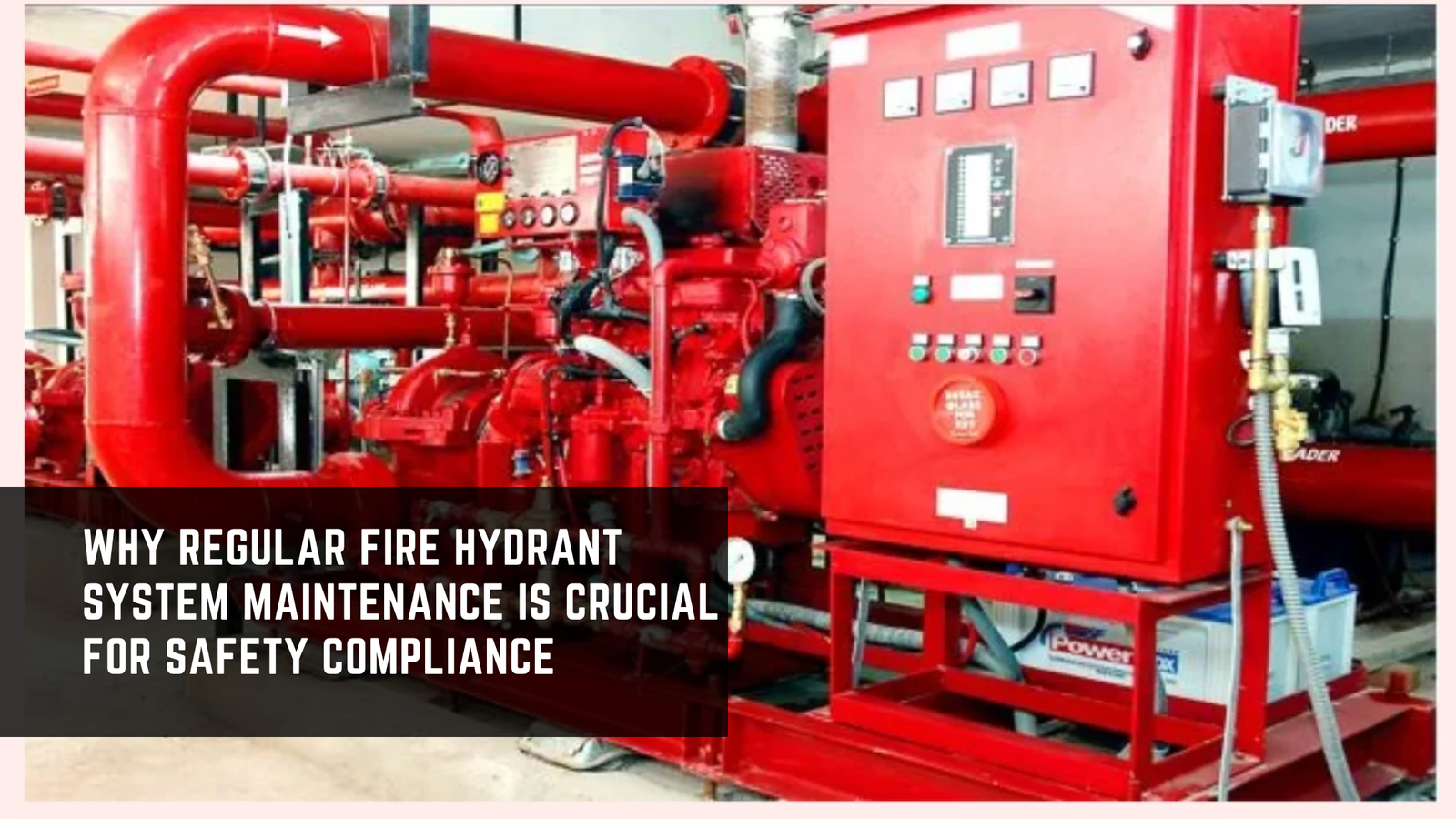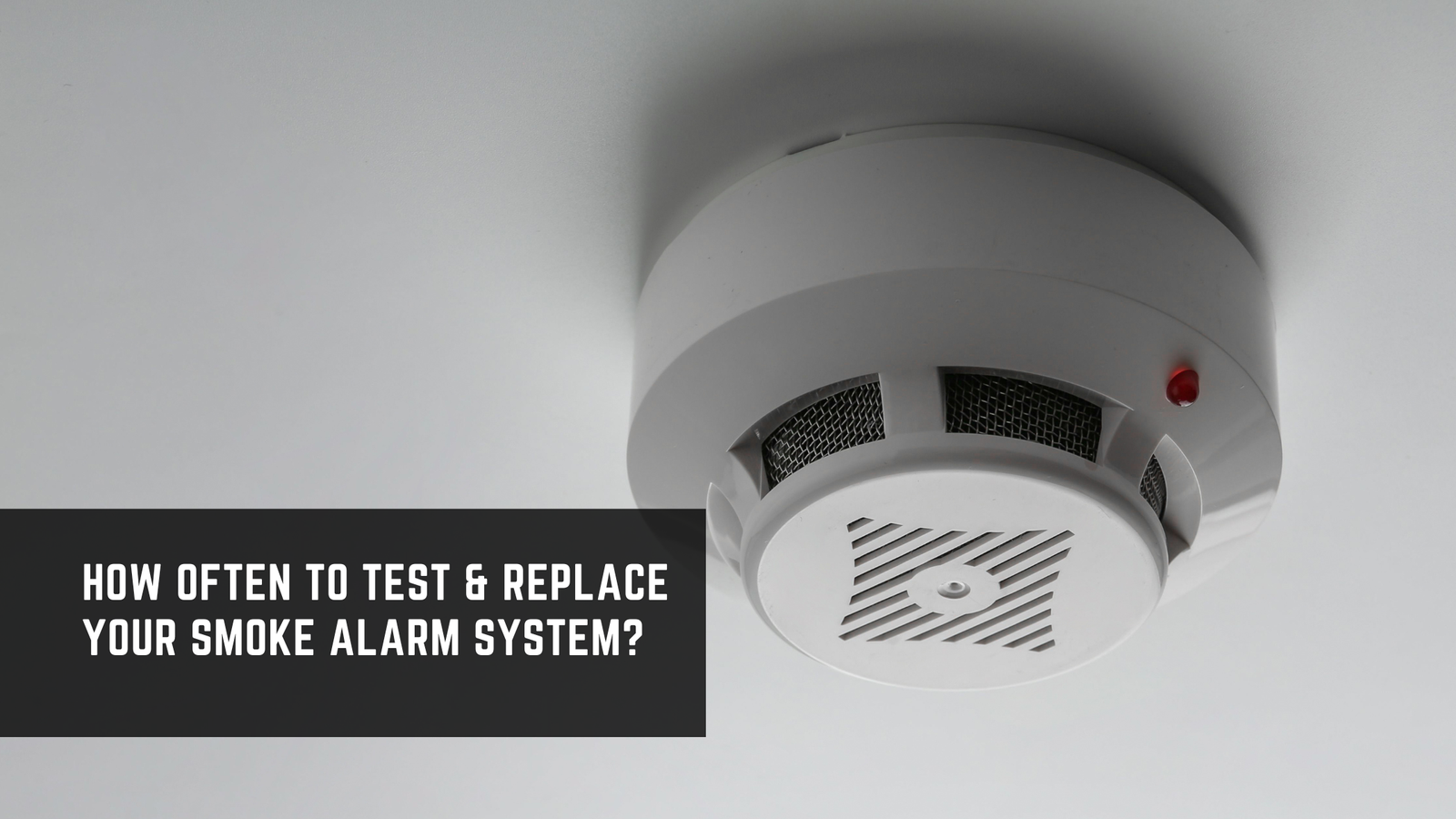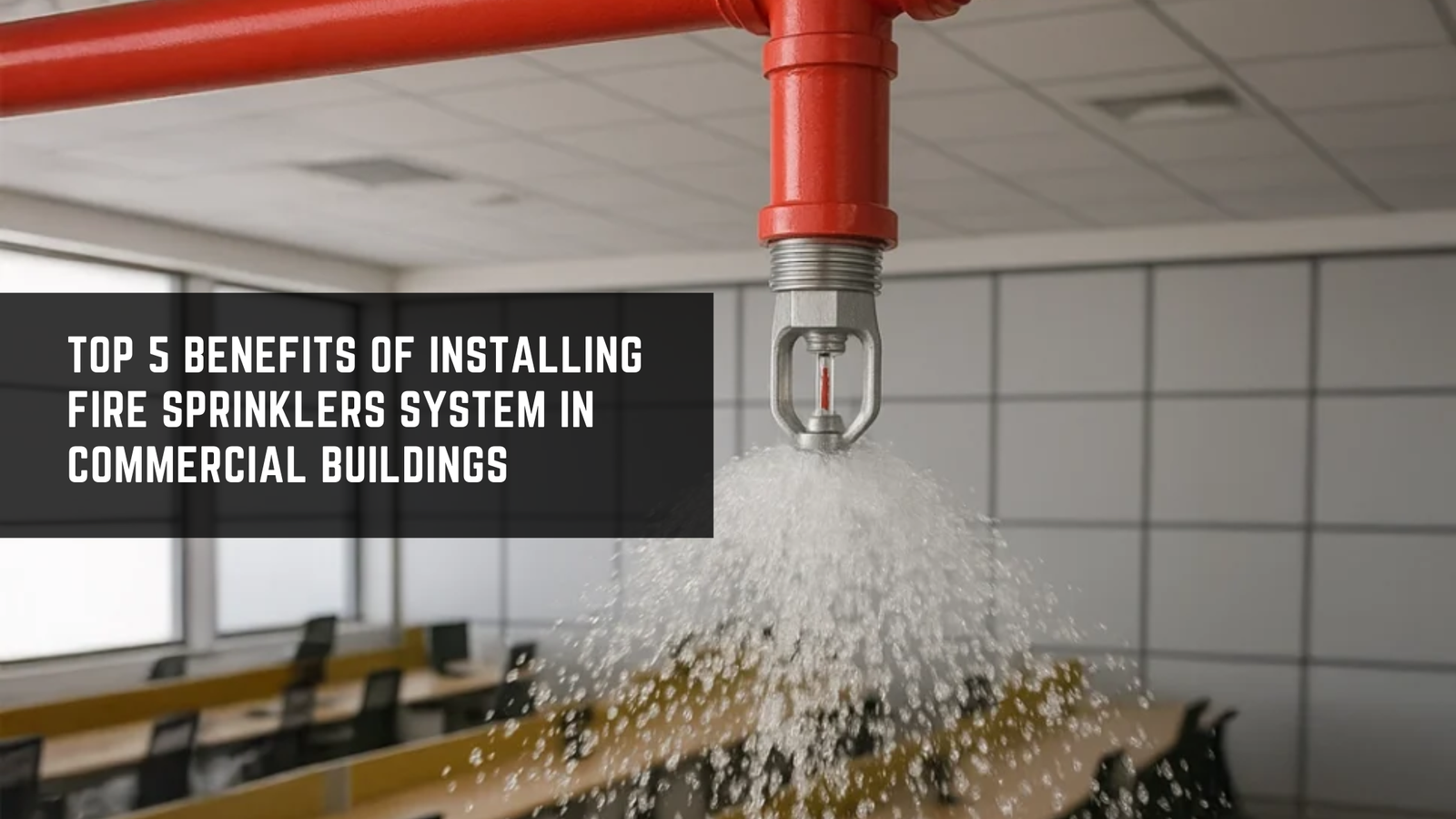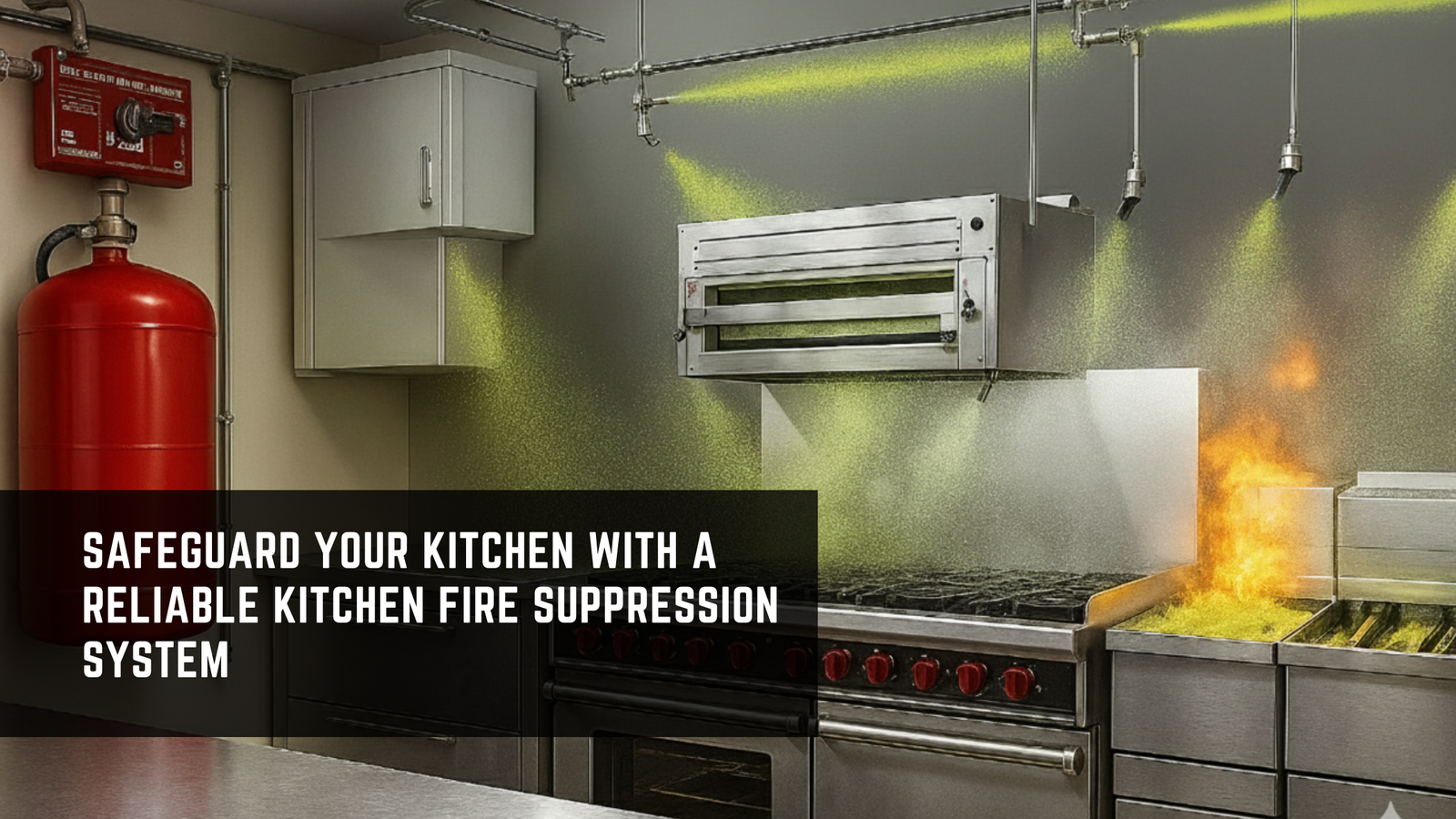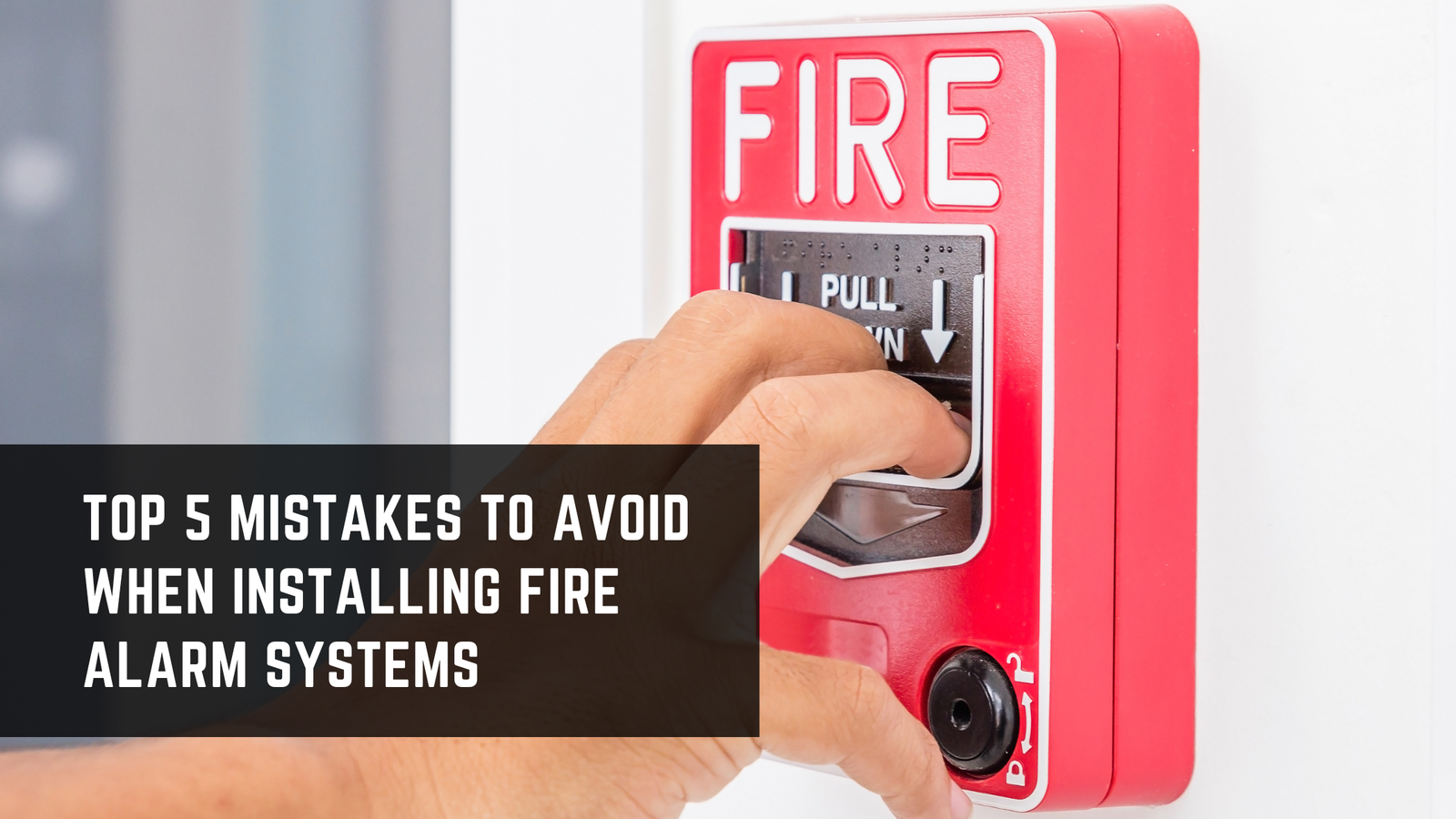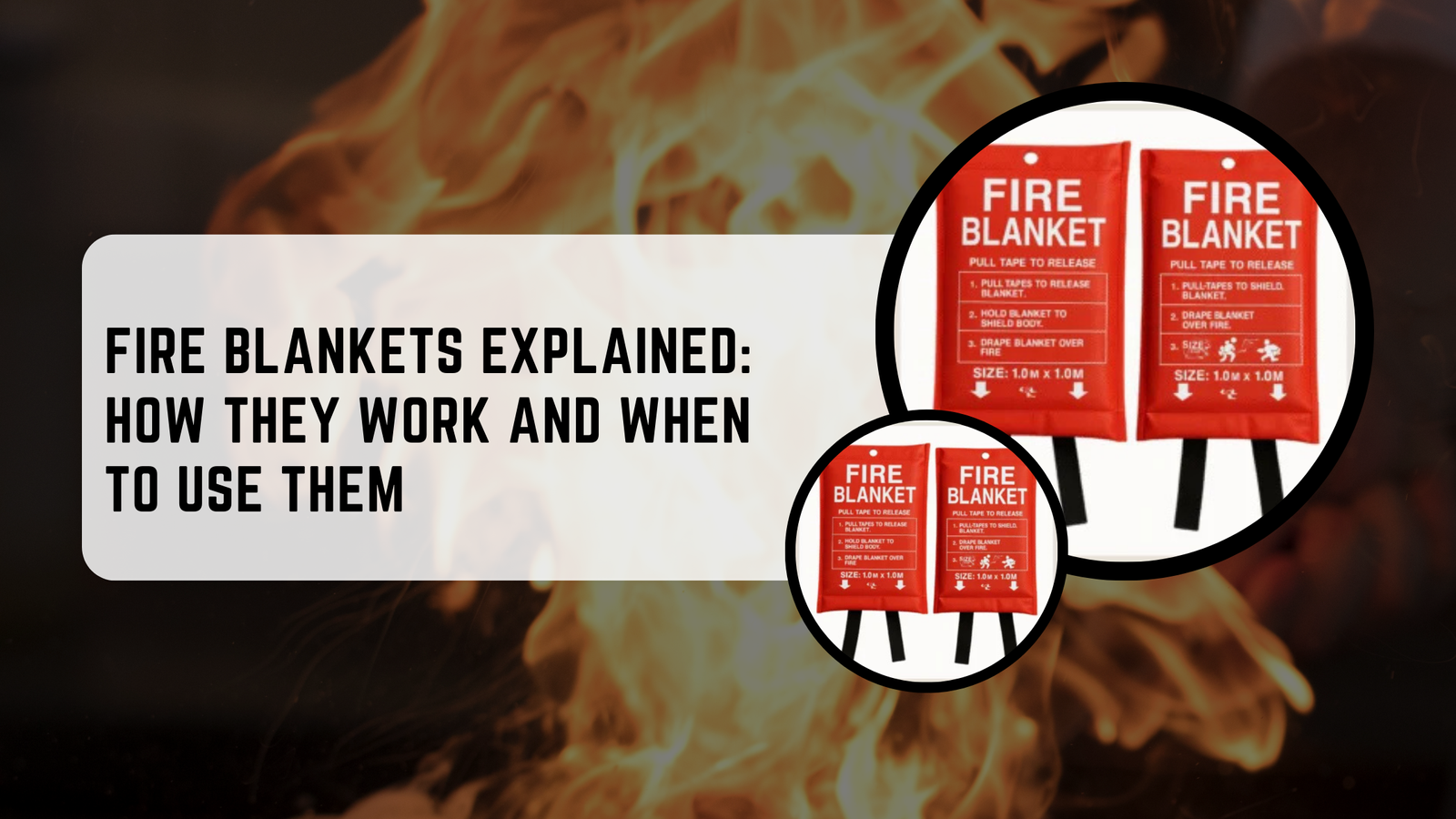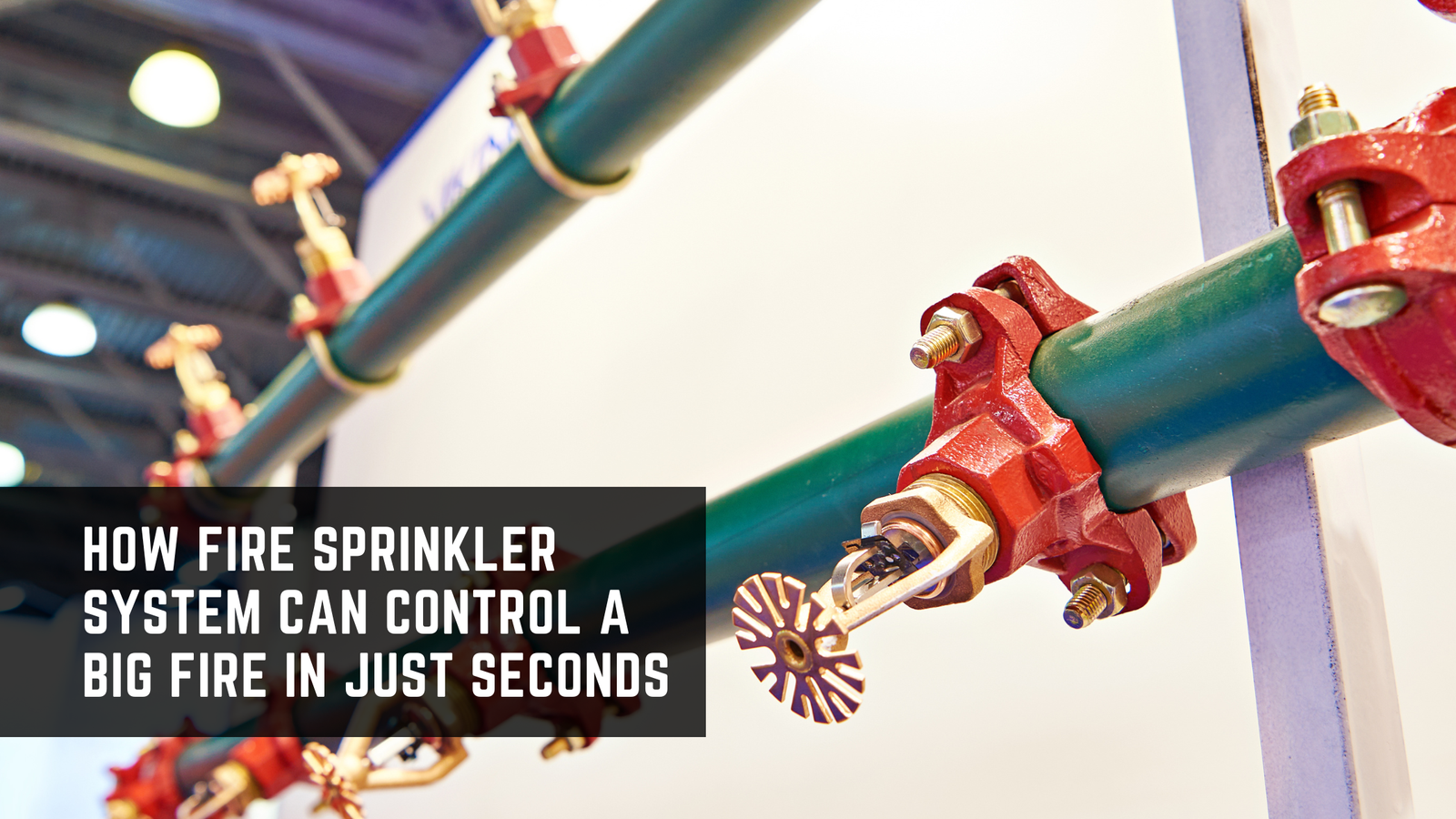
How Fire Sprinkler System Can Control Fire in Just Seconds
Imagine this: a small spark turns into flames, smoke begins to rise, and before anyone can react—one fire sprinkler system activates instantly. Within seconds, it releases water directly onto the heat source, stopping the flames from spreading. This powerful fire sprinkler system doesn’t wait for a fire to grow. Instead, it detects danger instantly and takes action faster than any human could. That is the real strength of a fire sprinkler system, making it one of the most trusted safety solutions for homes, offices, and industries.
How Fire Sprinklers Work to Stop Fire Instantly
Many people think all sprinklers in a building go off at once—not true! Only the sprinkler near the fire activates. This is how fire sprinkler system technology is designed to be smart and efficient. When heat reaches around 68°C, the heat-sensitive bulb inside the automatic fire sprinkler bursts and releases water directly onto the fire. This quick reaction helps to stop fire before it grows into something unmanageable.
Sprinklers don’t just control fire—they prevent panic, protect property, and save lives.
Why Sprinklers Are Faster Than Firefighters
Firefighters typically take a few minutes to arrive after the alarm. But a sprinkler reacts instantly, even before the alarm rings. This is why it’s considered one of the best fire safety equipment options for both residential and commercial spaces.
Once activated, it cools down the flames, reduces smoke, and stops fire from spreading to nearby rooms or floors. In many cases, only a single sprinkler head is enough to manage the situation.
The Benefits of Fire Sprinklers
There are many benefits of fire sprinklers, and the biggest one is automatic fire control without human action. No need to find fire extinguishers or search for help—a sprinkler takes charge immediately. They are affordable, low maintenance, and highly effective. Insurance companies even offer discounts for buildings with sprinklers due to their high safety rating.
Fire Sprinklers: A Reliable Fire Protection System
A good fire protection system should be fast, automatic, and reliable—and sprinklers do exactly that. Whether it’s a home kitchen, a hotel, office building, or warehouse, fire sprinklers stand guard 24/7. They don’t sleep, they don’t panic, and they never get tired.
Conclusion
One small sprinkler. One big impact. In just a few seconds, it can control what could become a major disaster. Installing a fire sprinkler system is not just a safety choice—it’s a smart decision that protects lives, property, and peace of mind.
